Nationality American Name Robert Moog | Role Inventor | |
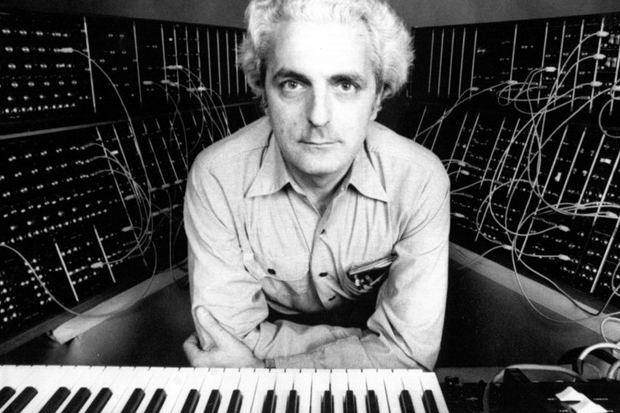 | ||
Full Name Robert Arthur Moog Alma mater Queens College, New York (B.S., Physics, 1957)Columbia University (B.S.E.E.)Cornell University (Ph.D., Engineering Physics, 1965) Relatives Laura Moog Lanier (daughter)Matthew Moog (son)Michelle Moog-Koussa (daughter)Renee Moog (daughter)Miranda Richmond (daughter of Ileana Grams)Bill Moog (cousin, founder of Moog Inc.) Spouse Ileana Grams (m. 1996–2005), Shirleigh Moog (m. 1958–1994) Children Michelle Moog-Koussa, Renee Moog, Matt Moog, Laura Moog Lanier Similar People Stevie Wonder, Mix Master Mike, Karlheinz Stockhausen, Ray Kurzweil, Hal Willner | ||
Robert moog google doodle
Robert Arthur "Bob" Moog ( ; May 23, 1934 – August 21, 2005), founder of Moog Music, was an American engineer and pioneer of electronic music, best known as the inventor of the Moog synthesizer.
Contents
- Robert moog google doodle
- Bob moog robert moog s 78th birthday
- Early life and education
- RA Moog Co and Moog Music
- Development of the Moog synthesizer
- Theremin
- Other ventures
- Personal life
- Death
- Legacy
- Archives
- Pronunciation
- References
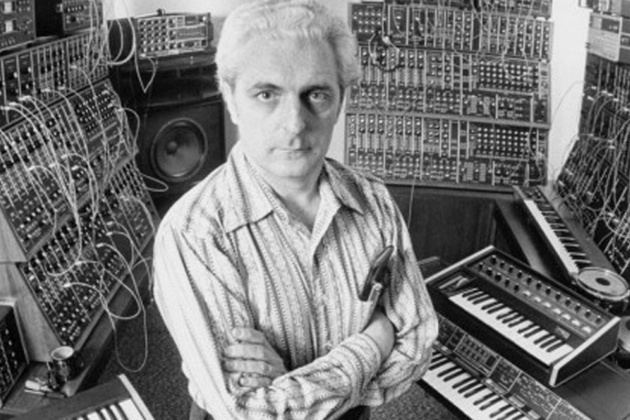
During his lifetime, Moog founded two companies for manufacturing electronic musical instruments. Moog's innovative electronic design is employed in numerous synthesizers including the Minimoog Model D, Minimoog Voyager, Little Phatty, Sub 37, Moog Taurus Bass Pedals, Moog Minitaur, and the Moogerfooger line of effects pedals.
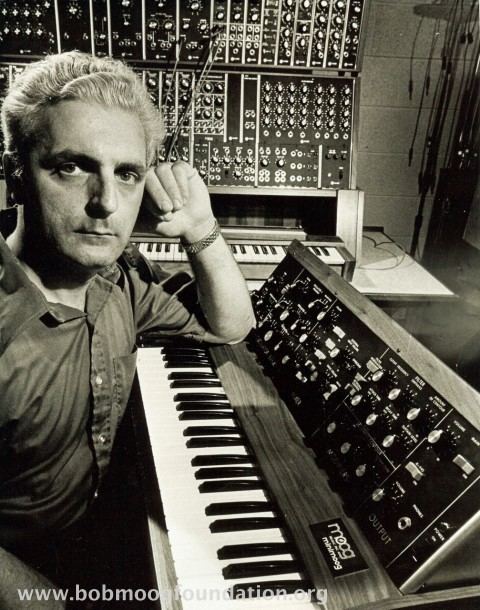
Bob moog robert moog s 78th birthday
Early life and education
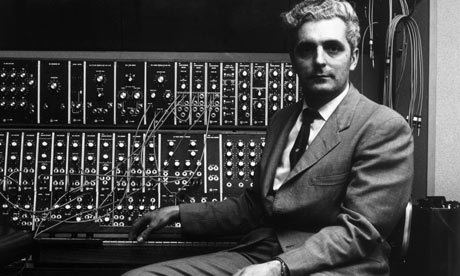
A native of New York City, Moog attended the Bronx High School of Science in New York, graduating in 1952. For his undergraduate education, Moog completed a 3-2 engineering program, earning a B.S. in physics from Queens College and a B.S.E.E. from the Columbia University School of Engineering and Applied Science in 1957. He received his Ph.D. in engineering physics from Cornell University in 1965.
R.A. Moog Co. and Moog Music

In 1953 at age 19, Moog founded his first company, R.A. Moog Co., to manufacture theremin kits. During the 1950s, composer and electronic music pioneer Raymond Scott approached Moog, asking him to design circuits for him. Moog later acknowledged Scott as an important influence. Later, in the 1960s, the company was employed to build modular synthesizers based on Moog's designs.
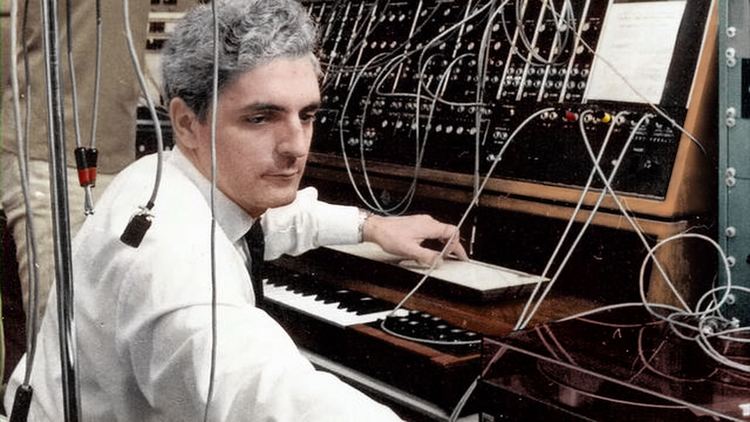
In 1972 Moog changed the company's name to Moog Music. Throughout the 1970s, Moog Music went through various changes of ownership, eventually being bought out by musical instrument manufacturer Norlin. Poor management and marketing led to Moog's departure from his own company in 1977.

In 1978 after leaving his namesake firm, Moog started making electronic musical instruments again with a new company, Big Briar. Their first specialty was theremins, but by 1999 the company expanded to produce a line of analog effects pedals called moogerfoogers. In 1999, Moog partnered with Bomb Factory to co-develop the first digital effects based on Moog technology in the form of plugins for Pro Tools software.
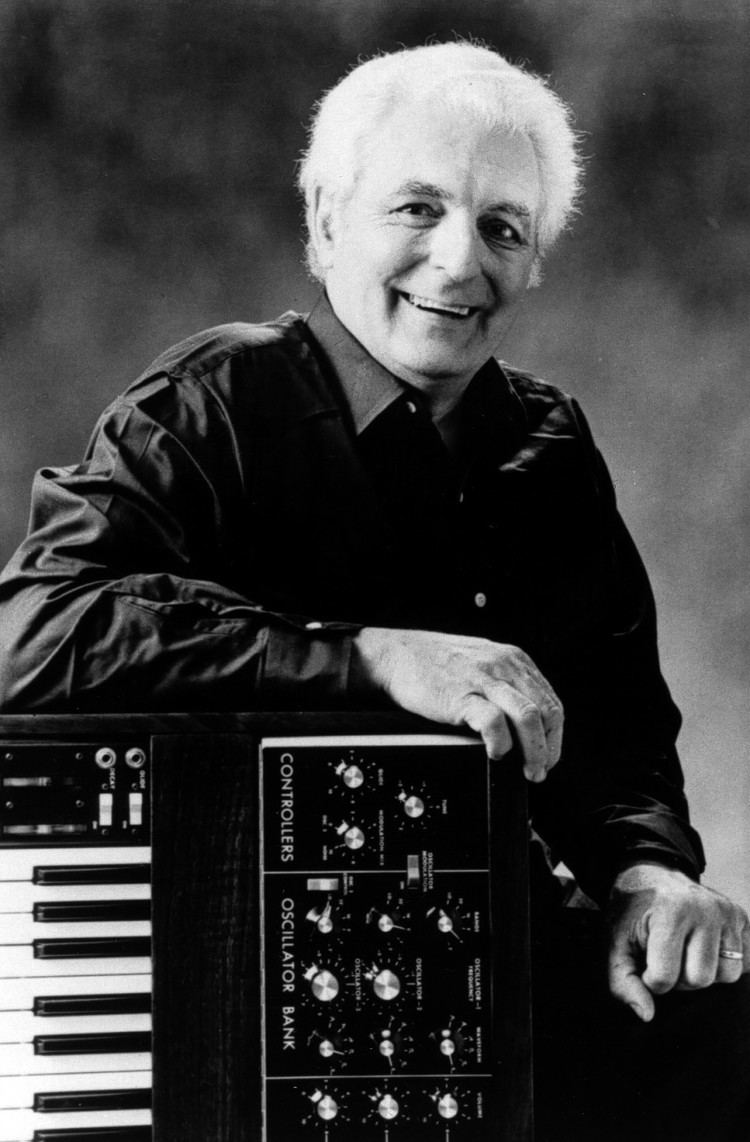
Despite Moog Music's closing in 1993, Moog did not have the rights to market products using his own name throughout the 1990s. Big Briar acquired the rights to use the Moog Music name in 2002 after a legal battle with Don Martin who had previously bought the rights to the name Moog Music. At the same time, Moog designed a new version of the Minimoog called the Minimoog Voyager. The Voyager includes nearly all of the features of the original Model D in addition to numerous modern features.
Development of the Moog synthesizer
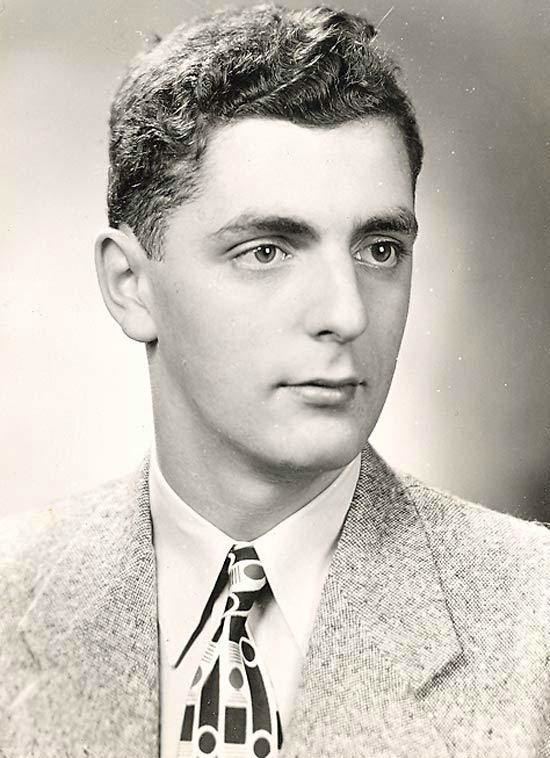
The Moog synthesizer was one of the first widely used electronic musical instruments. Early developmental work on the components of the synthesizer occurred at the Columbia-Princeton Electronic Music Center, now the Computer Music Center. While there, Moog developed the voltage controlled oscillators, ADSR envelope generators, and other synthesizer modules with composer Herbert Deutsch.
Moog created the first voltage-controlled subtractive synthesizer to utilize a keyboard as a controller and demonstrated it at the AES convention in 1964. In 1966, Moog filed a patent application for his unique low-pass filter U.S. Patent 3,475,623, issued in October, 1969. He is a listed inventor on ten US patents.
Moog had his theremin company (R. A. Moog Co., which later became Moog Music) manufacture and market his synthesizers. Unlike the few other 1960s synthesizer manufacturers, Moog shipped a piano-style keyboard as the standard user interface. Moog also established standards for analog synthesizer control interfacing, with a logarithmic one volt-per-octave pitch control and a separate pulse triggering signal.
The first Moog instruments were modular synthesizers. In 1971 Moog Music began production of the Minimoog Model D, which was among the first synthesizers that was widely available, portable, and relatively affordable. The first prototype of the minimoog only had about two filters, two envelope generators, and a very small keyboard. Robert knew that this wouldn’t be good enough for the average musician, so he kept working on the synthesizer and was able to add more filters, oscillators, and a wider key range.
One of Moog's earliest musical customers was Wendy Carlos, whom he credits with providing feedback valuable to further development. Through his involvement in electronic music, Moog developed close professional relationships with artists such as Don Buchla, Keith Emerson, Rick Wakeman, John Cage, Gershon Kingsley, Clara Rockmore, Jean Jacques Perrey, and Pamelia Kurstin. In a 2000 interview, Moog said, "I'm an engineer. I see myself as a toolmaker and the musicians are my customers. They use my tools."
Theremin
Moog constructed his own theremin as early as 1948. Later he described a theremin in the hobbyist magazine Electronics World and offered a kit of parts for the construction of the Electronic World's Theremin, which became very successful. In the late 1980s Moog repaired the original theremin of Clara Rockmore, an accomplishment he considered a high point of his professional career. He also produced, in collaboration with first wife Shirleigh Moog, Mrs. Rockmore's album, The Art of the Theremin. Moog was a principal interview subject in the award-winning documentary film, Theremin: An Electronic Odyssey, the success of which revived interest in the theremin. Moog wrote the foreword to Theremin: Ether Music and Espionage, the biography of Leon Theremin by Albert Glinsky, published in 2000. Moog Music went back to its roots, and once again began manufacturing theremins. In 1996 he published another do-it-yourself theremin guide. Today, Moog Music is the leading manufacturer of performance-quality theremins.
Other ventures
He also worked as a consultant and vice president for new product research at Kurzweil Music Systems from 1984 to 1988, helping to develop the Kurzweil K2000. He spent the early 1990s as a research professor of music at the University of North Carolina at Asheville.
Personal life
Moog's first wife was Shirleigh Moog (née Leigh), a grammar school teacher whom he married in 1958. The couple had three daughters (Laura Moog Lanier, Michelle Moog-Koussa, Renee Moog) and one son (Matthew Moog) before their divorce. Moog was married to his second wife Ileana Grams, a philosophy professor, for nine years until his death. Moog's stepdaughter, Miranda Richmond, is Grams's daughter from a previous marriage. Moog also had five grandchildren.
Death
Moog was diagnosed with a glioblastoma multiforme brain tumor on April 28, 2005, and died at the age of 71 in Asheville, North Carolina on August 21, 2005. He is buried in the Lou Pollack Cemetery in Asheville.
Legacy
Moog's awards include honorary doctorates from Polytechnic Institute of New York University (New York City), Lycoming College (Williamsport, Pennsylvania), and Berklee College of Music. Moog received a Grammy Trustees Award for lifetime achievement in 1970. In 2002, Moog was honored with a Special Merit/Technical Grammy Award. Moog also received the highly regarded Polar Music Prize in 2001.
He gave an enthusiastically-received lecture at the 2004 New Interfaces for Musical Expression (NIME-04), held in Hamamatsu, Japan's "City of Musical Instruments", in June, 2004.
Moog was the inspiration behind the 2004 film Moog.
In 2009 Albert Glinsky was invited by Moog's widow, Ileana Grams Moog, and his daughter, Michelle Moog-Koussa, to write the authorized biography of Bob Moog. An announcement was made public on the Bob Moog Foundation website on the anniversary of the inventor's birthday. The Bob Moog Foundation was created as a memorial, with the aim of continuing his life's work of developing electronic music. Moog contributed the Foreword to Glinsky's first book, Theremin: Ether Music and Espionage, which has become the standard biography of Leon Theremin.
In 2013, Moog was inducted into the National Inventors Hall of Fame.
Archives
On July 18, 2013, Ileana Grams-Moog said she planned to give her late husband's archives, maintained by Bob Moog Foundation, to Cornell University. The foundation offered her $100,000, but Grams-Moog said she would not sell them. She said Cornell could provide better access for researchers, and that the foundation had not made enough progress toward a planned museum to indicate it would be worthy of keeping the collection. The foundation responded that it had sufficiently preserved the collection and made efforts to improve storage, though it could not afford to build the museum yet.
Pronunciation
The surname Moog is often mispronounced. The following interview excerpt reveals Robert Moog's preferred pronunciation:
— Reviewer: First off: Does your name rhyme with "vogue" or is like a cow’s "moo" plus a g at the end?— Dr. Robert Moog: It rhymes with "vogue." That is the usual German pronunciation. My father's grandfather came from Marburg, Germany. I like the way that pronunciation sounds better than the way the cow's "moo-g" sounds.In a deleted scene from the DVD version of the documentary Moog, Moog describes the three pronunciations of the name Moog: the Dutch /moːɣ/, which he believes would be too demanding of English speakers; the preferred Anglo-German pronunciation, /moʊɡ/; and a more anglicized pronunciation, /muːɡ/. Moog reveals that some of his family members prefer the anglicized pronunciation, while others, including himself (and his wife) prefer the Anglo-German pronunciation.
